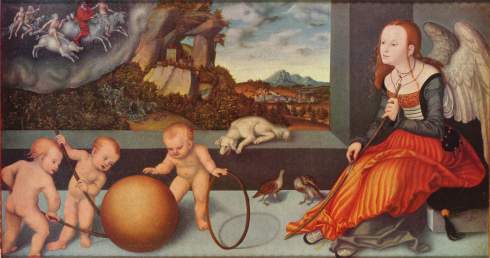You are currently browsing the tag archive for the ‘Saxon’ tag.

This is the Essen crown. A magnificent crown of gold (alloyed with silver) carved and/or cabochon jewels and natural pearls. It is the oldest surviving lily-formed crown and it has been in the possession of the Essen Cathedral/monastery practically forever. Despite its great beauty and obvious historical interest, I have not written about it because we don’t actually know much about it and because its long existence has been somewhat dull. During the early 20th century scholars speculated that it was the childhood crown of Holy Roman Emperor Otto III, a scion of the Ottonian line which ruled the Holy Roman Empire after the famous Carolingians. The story runs that young Otto gifted the crown to Essen at the end of the 10th century (ca 999 AD) where it was fitted upon the brow of a statue of the Virgin.

Modern scholarship and careful analysis by historically-minded jewelsmiths have cast doubt on this theory, however, and now it is believed that the crown was made in the early 11th century specifically as a votive crown for the statue of the Virgin. Since it did not represent worldly power (and since it was well-guarded) it passed long uneventful centuries there without lots of murders, thefts, or possession by Jimmy Carter. Even if the history is somewhat dull, the crown is certainly not. It is very lovely to look at and represents an apogee of Saxon goldworking. I hope its appearance (or otherworldly ancient power) moves you even if its story of sitting around a church for 900 years is not necessarily so exciting.

- Melancholy (1532, Lucas Cranach, the Elder: Oil on panel. 51 x 97 cm. Copenhaguen, Statens Museum for Kunst)
Lucas Cranach the Elder painted this troubling allegorical panel of melancholia in 1532 at the end of the era of gothic painting. A shrewd but withdrawn angel sits on dark cushion and whittles a long stick into a toy for nude children who are trying to push a large globe through a hoop (the globe may or may not fit). In the middle ground, a silky white spaniel sits on the window sill above a mated pair of partridges. Is one of the birds to become the dog’s dinner?
Beyond the window, the painting’s background offers a terrible spectacle: armed opponents kill one another in a craggy Saxon landscape of walled towns and hill castles. In the skies above the battle, wild pagan deities ride the storm. Astride boars, hounds, and rams, the grim deities relentlessly pursue their hunt with casual indifference to the bloodshed below.
The painting is symbolic of the collective destiny of humankind. The angel’s mien, the animals, and the dark background all suggest that, even with heavenly assistance, the new generation will not succeed at their serious game but are condemned to a circle of violence.
